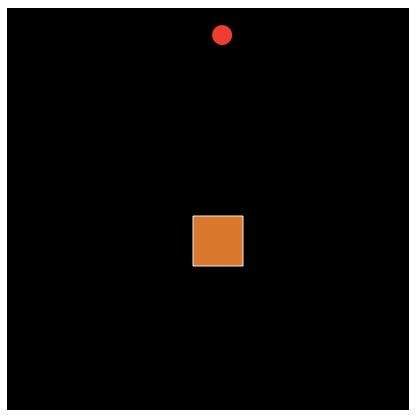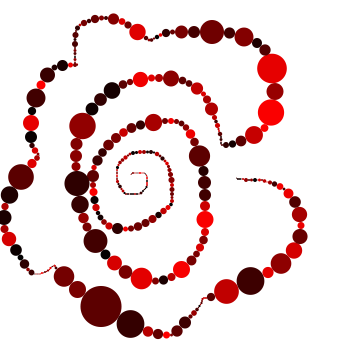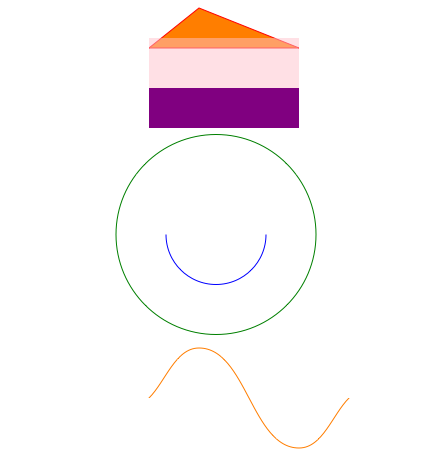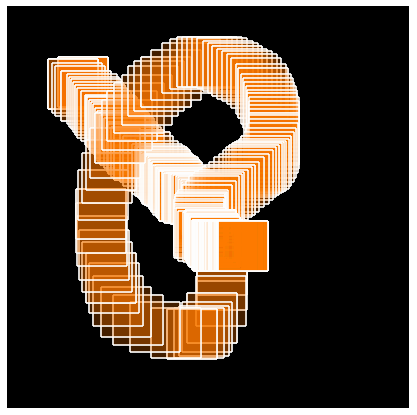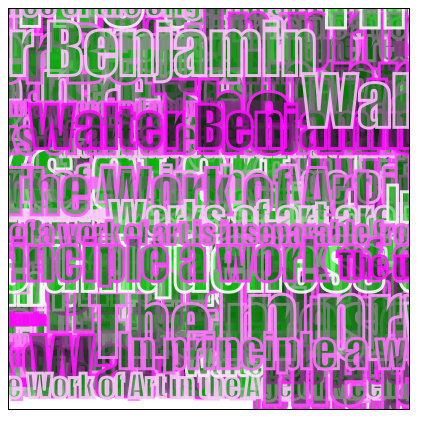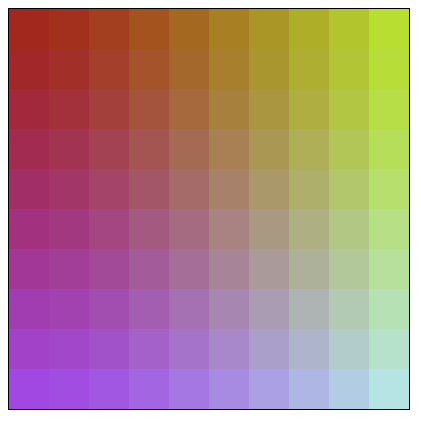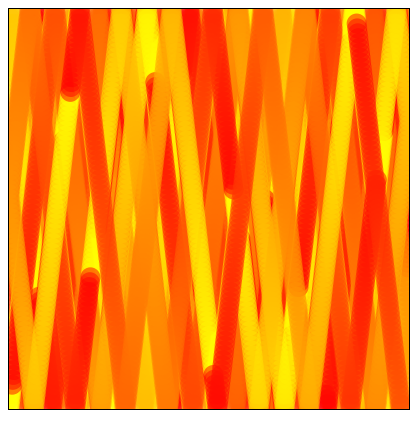
Paper.js is “an open source vector graphics scripting framework that runs on top of the HTML5 Canvas. It offers a clean Scene Graph / Document Object Model and a lot of powerful functionality to create and work with vector graphics and bezier curves, all neatly wrapped up in a well designed, consistent and clean programming interface.”
http://paperjs.org/
The documentation is well organized, the website is well designed, and the examples and tutorials are very helpful.
The idea of introducing Paper.js in the course is not to teach the whole library per se (far from it, as we only had one morning for Paper.js), but to exemplify how the use of a library can be useful, and save much work. Particularly a well designed and documented one, such as Paper.js.
